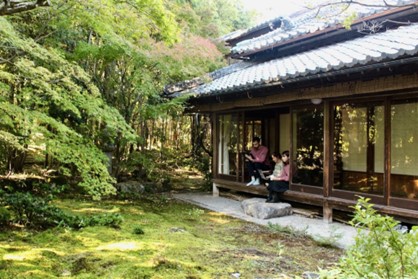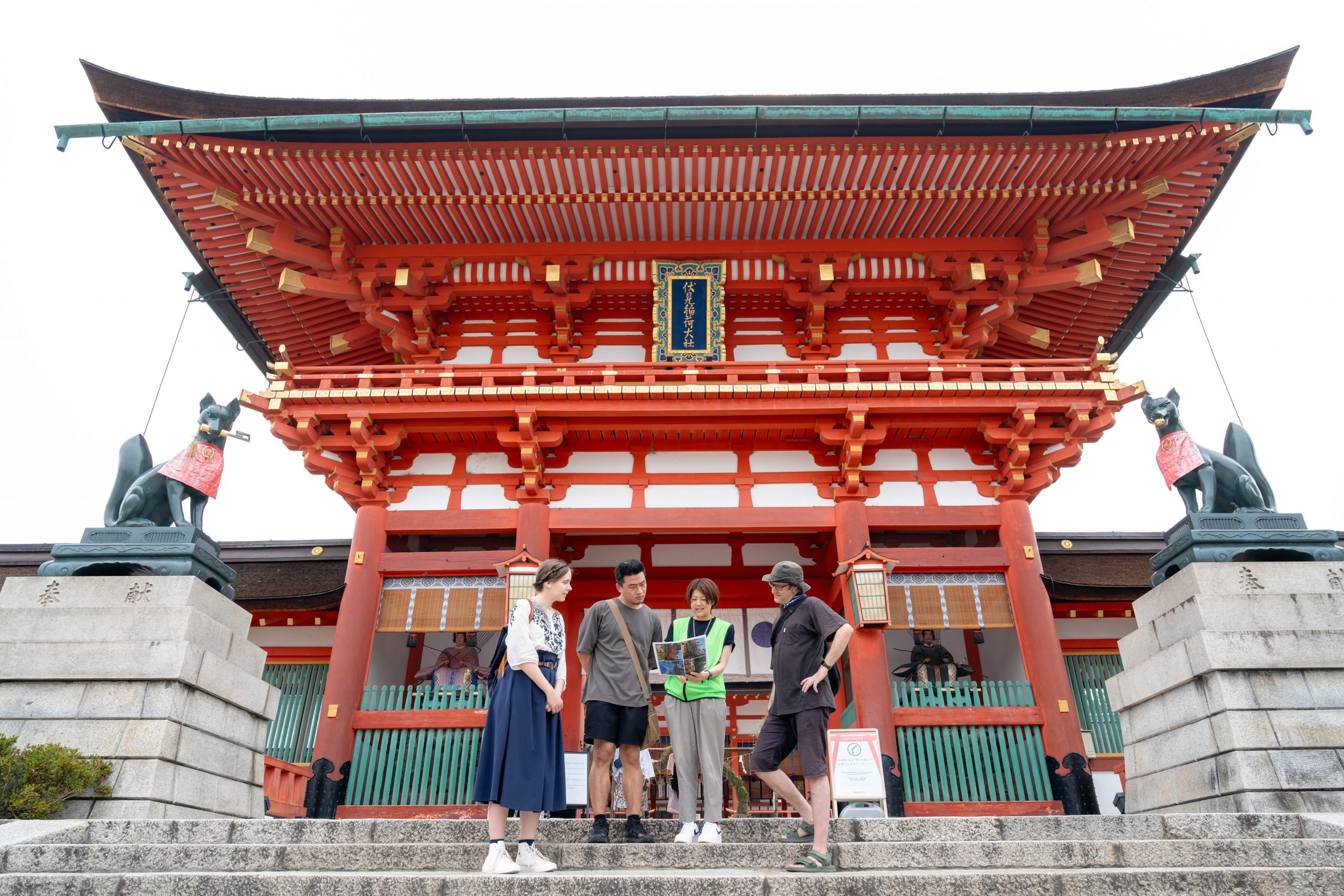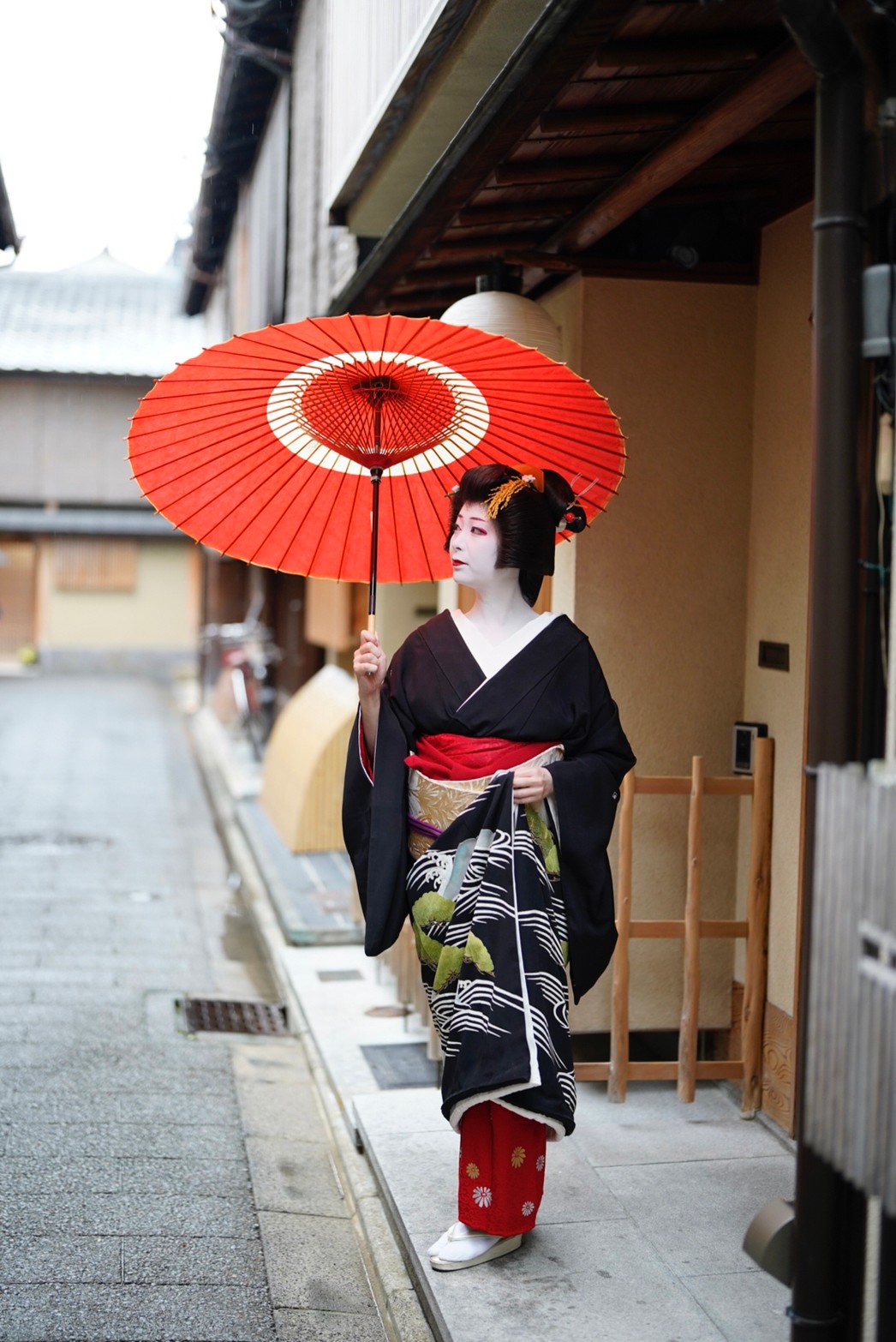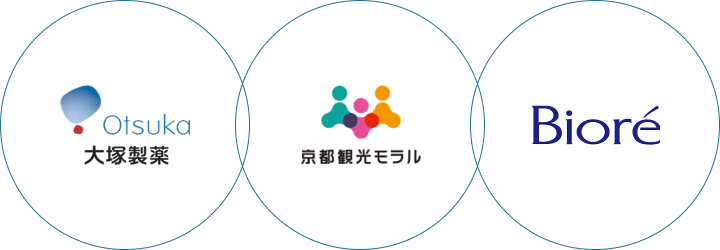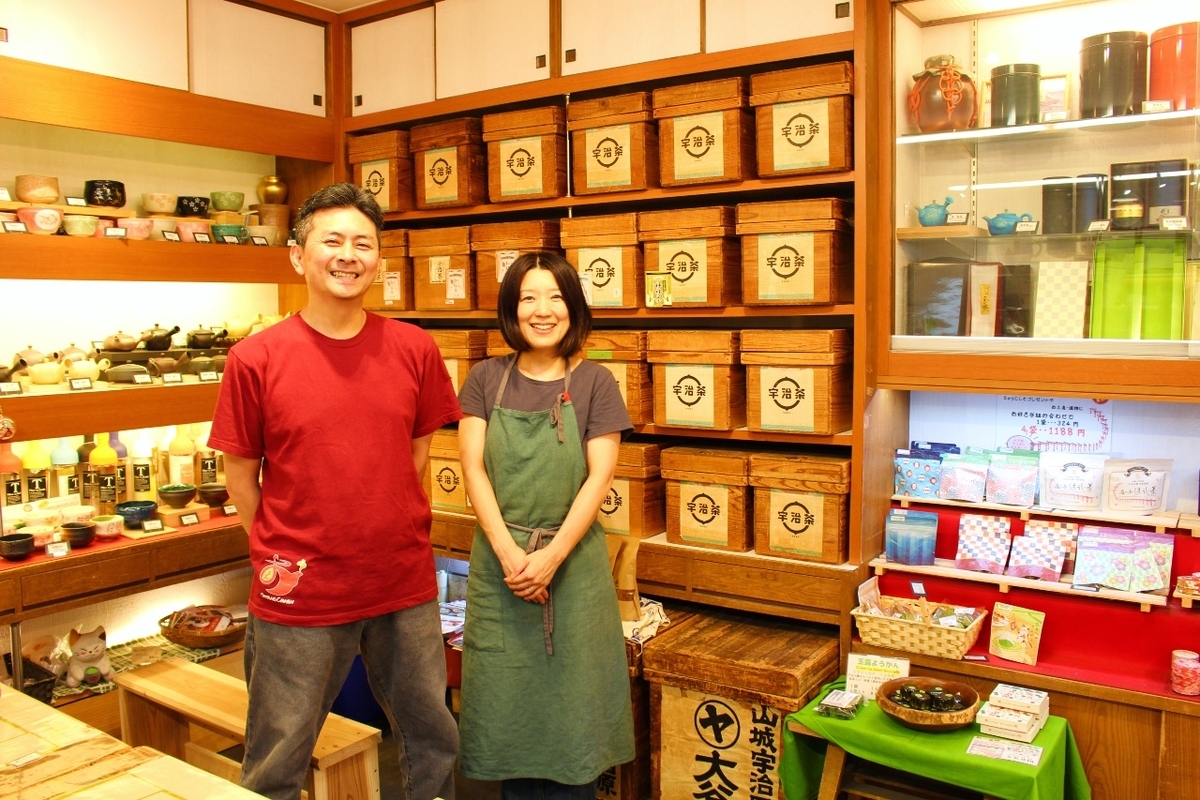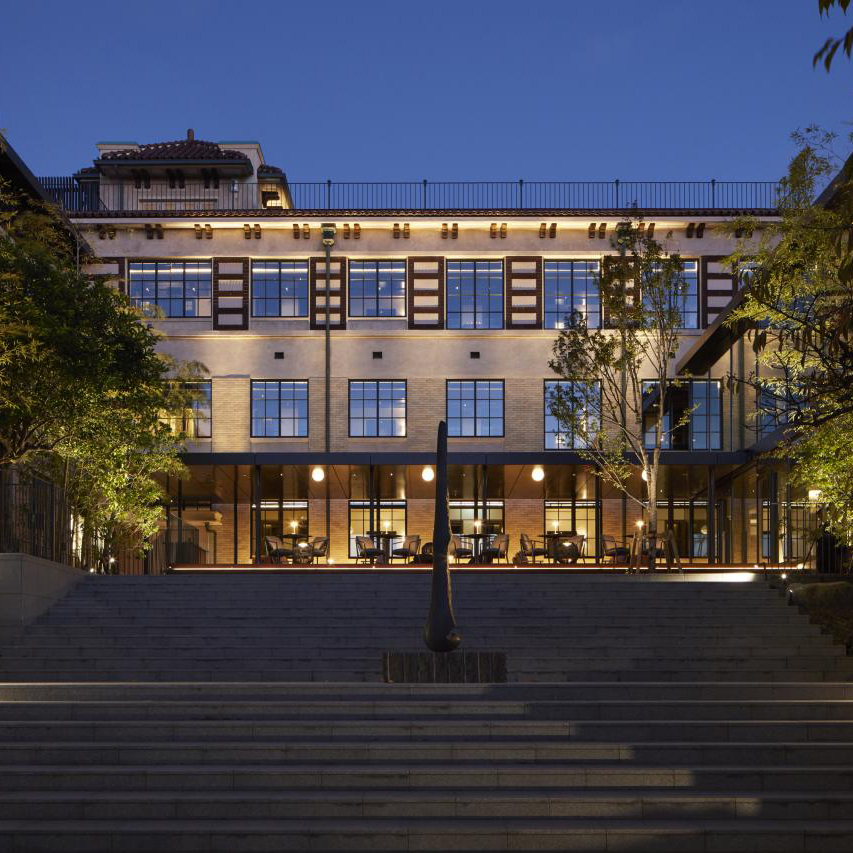
이 건물은 초등학교가 현재 위치로 이전했던 1933년에 건축되었습니다. 당시 독특한 건축 디자인, 특히 장식적인 디테일과 실내 디자인으로 명성을 얻었습니다. ©Forward Stroke inc.
1930년대의 역사적인 초등학교 건물이 고급 호텔로 새롭게 변신
호텔 세이류 교토 기요미즈는 2020년 3월 22일 교토 기요미즈에 개관했습니다. 80년 된 기요미즈 초등학교 건물을 개조하여 과거와 현재가 조화를 이루는 호텔로 탈바꿈했습니다. "청룡" 또는 "청룡"으로도 불리는 세이류는 기요미즈가 위치한 교토시 동쪽 산의 수호신으로 숭배되어 왔습니다. 48개의 객실과 레스토랑, 개인 욕실, 그리고 피트니스 센터를 갖춘 고급 호텔입니다.
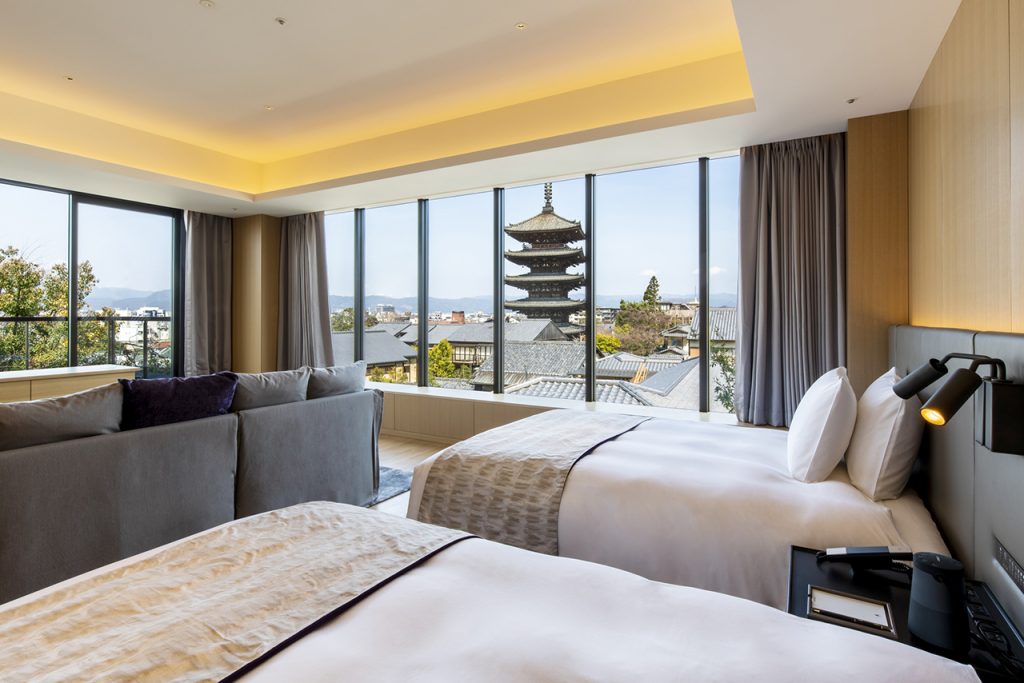
교토가 내려다보이는 방 창문 풍경. 초등학교 건물은 낮은 건물들에 둘러싸여 산비탈에 자리 잡고 있어 상징적인 존재감을 뽐냅니다.
교토의 초등학교는 지방 자치와 전통적인 공동체 활동의 중심지였습니다.
교토 초등학교의 역사는 일본 다른 지역과는 다릅니다. 1800년대 후반, 교토에는 '방구미'라고 불리는 각 지역 주민 조직을 위해 총 64개의 초등학교가 세워졌습니다. 이는 일본에 국립 초등학교 제도가 설립되기 전이었습니다. 교토의 이러한 초등학교들은 각 지역 주민들이 직접 자금을 조달하고 계획했다는 점에서 독특했습니다. 이러한 이유로 각 학교는 각 지역의 재정 능력, 교육 이념, 그리고 교육에 대한 희망을 반영하는 서로 다른 건축 구조와 디자인을 가지고 있었습니다.

초등학교 건물은 산비탈의 경사지에 맞춰 설계된 구조가 돋보입니다. 세 개의 동은 U자 형태로 서로 다른 높이에 위치하며, 가운데의 큰 계단으로 연결되어 있습니다. ©Forward Stroke inc.
교토 시내가 내려다보이는 세련된 서양식 건축 디자인의 초등학교 건물
기요미즈 초등학교는 원래 시모교 구(교토 중심부 남부)에 있던 27번째 방구미 초등학교였으며, 아름다운 마을을 꿈꾸던 기요미즈 지역 주민들의 기부금으로 건립되었습니다. 1933년, 학교가 현재 위치로 이전하면서 히가시오지도리에서 기요미즈데라로 이어지는 가파른 길가의 고지대에 세워졌으며, 교토 시내가 한눈에 내려다보이는 전망을 자랑합니다. 3층 철근 콘크리트 건물로, 아치형 창문, 스페인식 기와 지붕, 그 아래의 목조 코벨 장식, 그리고 홈이 파인 기와와 같은 섬세한 디테일이 독특한 외관을 연출합니다.
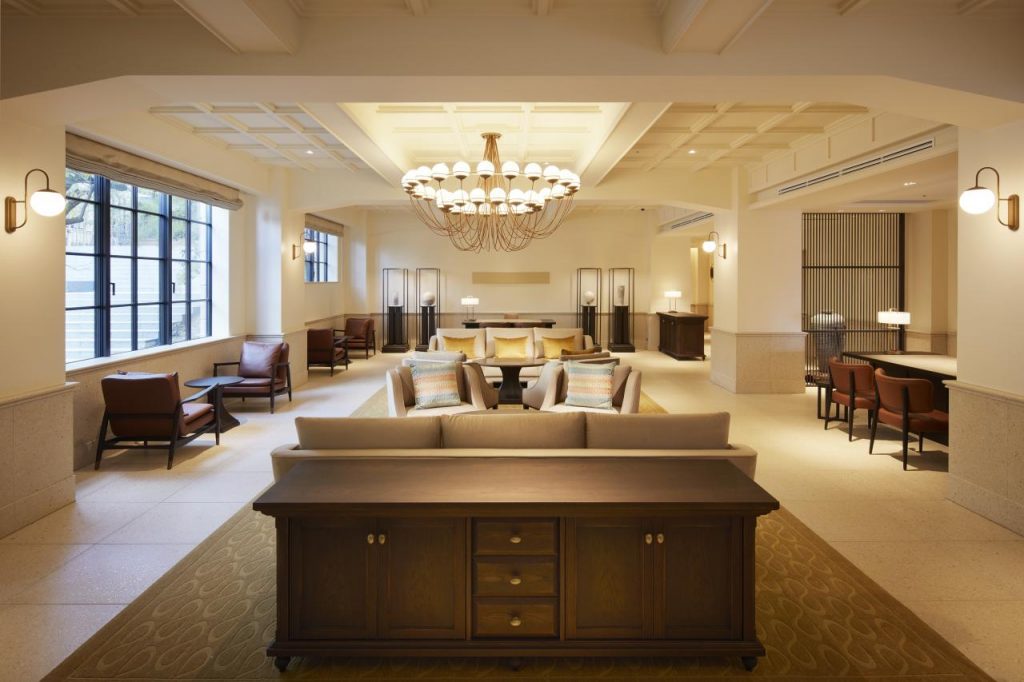
로비에는 두 개의 별도 접수 데스크와 컨시어지 데스크가 있어 직원들이 각 손님과 원활하게 소통할 수 있습니다. ©Forward Stroke inc.
학교가 폐쇄된 후 건물의 유산을 계승하기 위한 프로젝트가 시작되었습니다.
지역 초등학교들이 통합되면서 안타깝게도 기요미즈 초등학교는 2011년에 폐교되었습니다. 이 귀중한 건물을 보존하고, 많은 졸업생과 지역 주민들이 간직했던 추억을 담아 미래 세대까지 계승하기 위한 다양한 계획이 이어졌습니다. 2016년에는 NTT 도시개발이 이 건물을 지역 주민들의 행사 및 모임 장소이자 재난 시 대피소 역할을 하는 호텔로 개조하는 프로젝트를 시작했습니다. 기요미즈 초등학교의 역할을 계승하여 지역 주민들의 학습과 공동체 활동에 기여하는 호텔을 만드는 것이 목표였습니다.
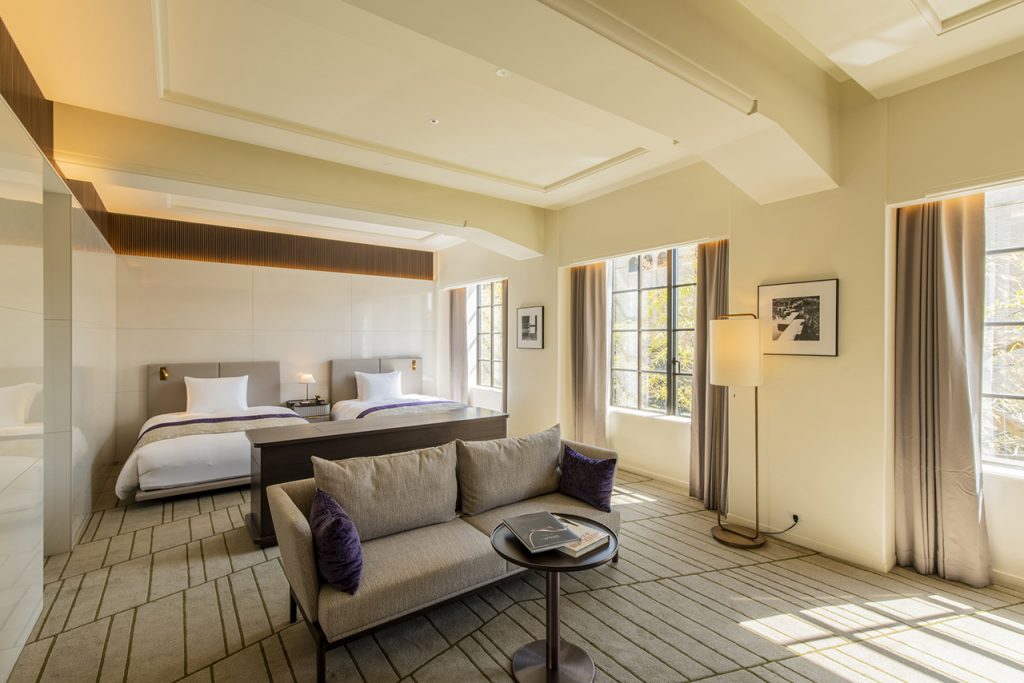
주니어 스위트룸. 학교 건물 건축의 고전적인 특징과 충돌하지 않는 심플한 디자인이 채택되었습니다.
건물의 과거와 현재를 넘어 편안한 분위기를 디자인하기 위한 크리에이티브 팀의 작업
노무라 주식회사의 크리에이티브 디렉터인 류 코사카는 인테리어 디자인을 포함한 새 호텔의 전반적인 디자인을 총괄했습니다. 거의 90년의 역사를 자랑하는 폐교를 호텔로 개조하는 이 프로젝트에서 맡은 역할에 대해 코사카 씨는 다음과 같이 말했습니다.
"저는 향수와 새로움의 융합을 시도하며, 제가 깊이 존중했던 서양 건축과 그 내부 공간에 새로운 기능을 더하는 방식으로 건축 및 실내 공간 디자인을 진행했습니다. 건축, 조경, 인테리어 디자인부터 그래픽, 유니폼, 예술 작품, 가구, 설비, 장비에 이르기까지 모든 면에서 창작자들과 긴밀히 협력하여 새롭고도 독창적인 공간을 만들어냈습니다."
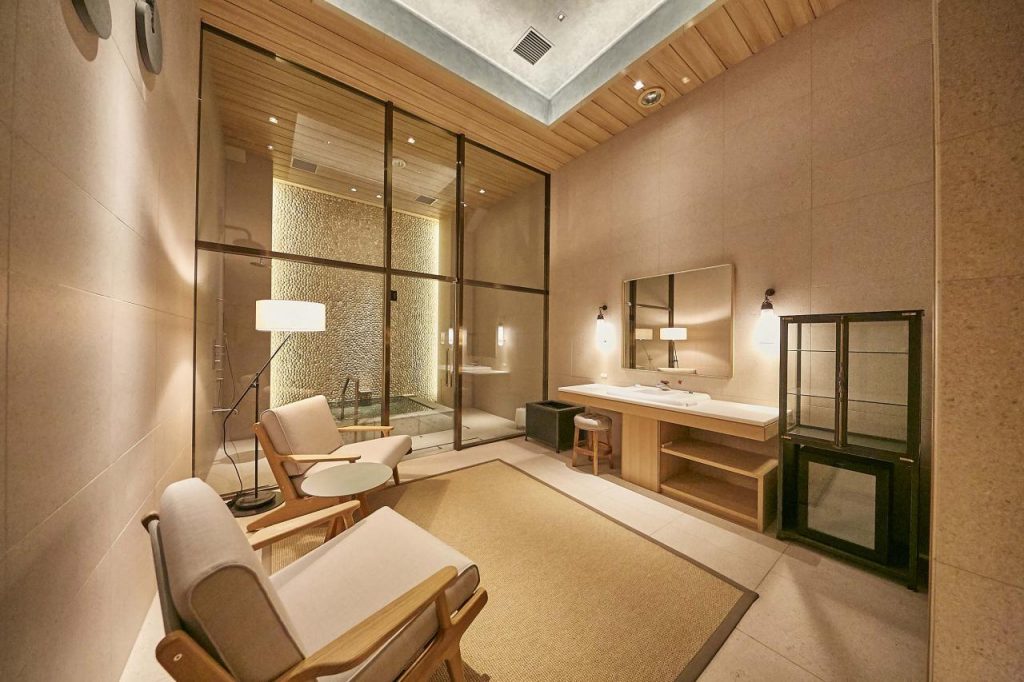
지역 모티브를 따온 "사쿠라", "야마바토"(거북비둘기), "기요미즈"라는 이름의 개인탕이 세 개 있습니다. 각 탕은 최대 4인까지 이용 가능하며, 90분당 6,000엔입니다.
레스토랑 라이브러리 호텔 세이류: 교토의 제철 식재료를 제공하는 호텔 레스토랑
일본과 서양, 현대와 골동품 등 다양한 요소가 융합된 디자인으로 옛 초등학교는 지역의 독특한 특성을 반영하는 건물이 되었습니다.강의실이었던 건물은 레스토랑 도서관 호텔 세이류로 개조되었으며, 44명이 앉을 수 있는 레스토랑으로 높은 천장을 활용하여 넓은 분위기를 연출합니다.레스토랑을 장식한 많은 책들은 이 건물이 학교의 일부였던 시절을 상징합니다.아침에 제공되는 "교토 아침 식사"는 샐러드, 죽, 수프가 포함된 당일 뷔페와 함께 즐길 수 있는 다양한 메인 요리가 포함된 건강하고 영양가 있는 아침 식사입니다.호텔 투숙객이 아닌 사람도 이곳에서 식사할 수 있습니다.레스토랑은 다양한 행사나 회의를 위한 다목적 공간으로도 활용될 수 있습니다.

높은 선반에는 많은 책이 꽂혀 있어 레스토랑에 차분하고 학문적인 분위기를 조성합니다. ©Forward Stroke inc.
두카스 파리가 운영하는 레스토랑, 브누아 교토
교토 최초의 브누아 레스토랑이 다른 윙에 문을 연 것도 주목할 만합니다. 알랭 뒤카스가 설립한 미슐랭 스타 레스토랑의 감수를 받은 브누아는 100년 넘게 전 세계 미식가들에게 사랑받아 온 요리를 선보입니다. 브누아의 대표 메뉴 외에도, 브누아 교토는 교토의 제철 식재료를 사용하여 지역 풍토를 반영한 독창적인 비스트로 요리를 선보입니다. 점심 정식 메뉴에는 제철 식재료를 활용한 코스 요리가 포함되어 있습니다. 저녁에는 와인과 어울리는 애피타이저와 메인 요리, 그리고 단품 메뉴에서 디저트를 선택하실 수 있습니다. 총괄 셰프는 미슐랭 스타 레스토랑에서 수년간 근무한 경력을 보유한 안토니 바클입니다.

브누아 교토는 투숙객이 아닌 분들도 이용하실 수 있습니다. 실내 좌석 68석과 테라스 좌석 20석을 보유하고 있습니다.
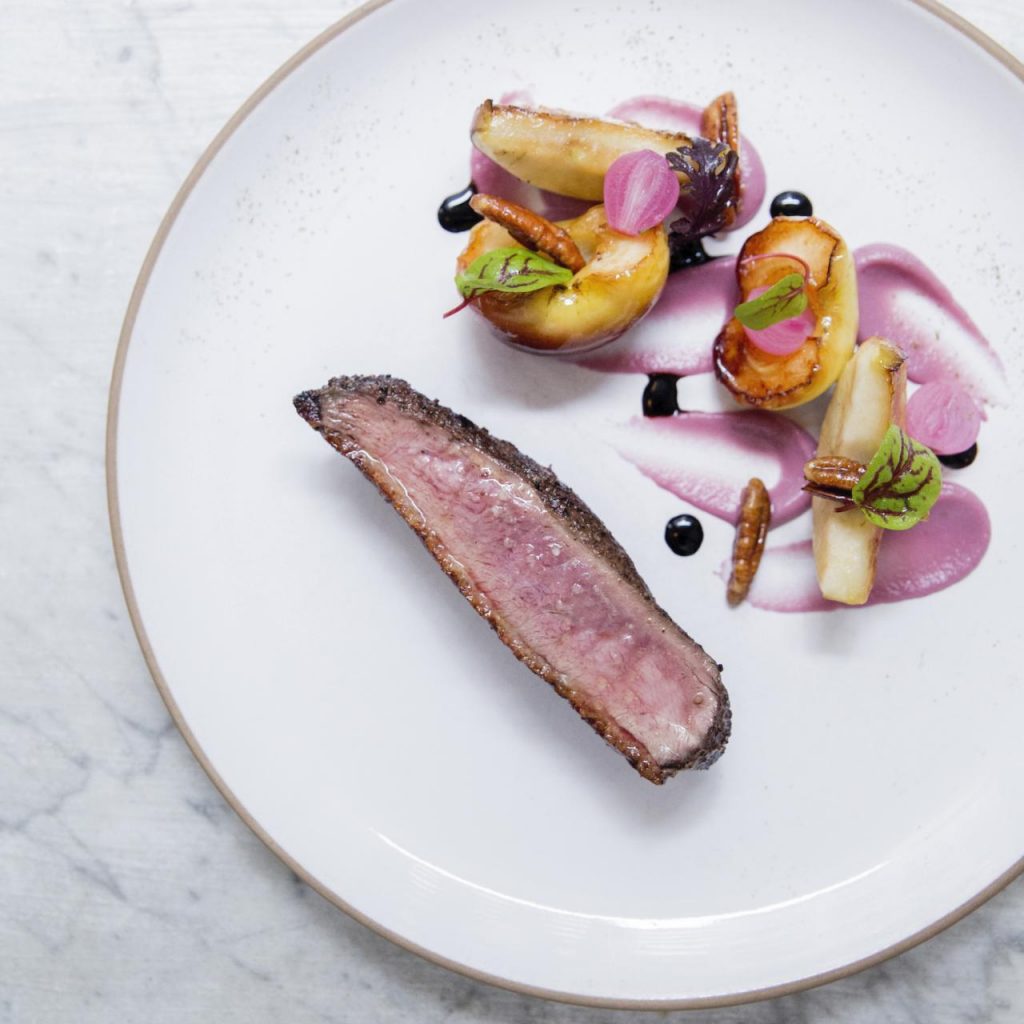
"오늘의 생선 그르노블로즈와 볶은 시금치"와 "교토산 소고기 로시니"는 브누아 교토에서 제공되는 주요 요리의 예입니다.
교토의 대표적인 로컬 바가 운영하는 루프탑 바 & 레스토랑
호텔 옥상에는 도시 전망을 감상할 수 있는 K36 바가 있습니다. 교토의 유명 바 K6의 바텐더인 니시다 미노루가 K36 설립에 참여했습니다. K36은 정통하고 고급스러운 분위기의 실내 바인 K36 The Bar와 도시 전망을 감상할 수 있는 루프탑 바 겸 레스토랑인 K36 Rooftop으로 구성되어 있습니다. K36은 희귀한 위스키와 와인을 제공하며, 다양한 음식 메뉴도 갖추고 있어 다양한 모임에 적합합니다.
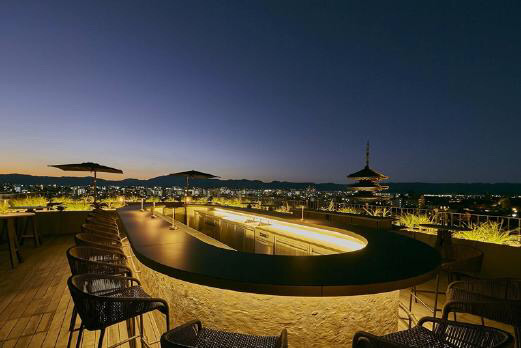
옥상 바와 라운지에서는 야사카 탑을 가까이서 볼 수 있습니다.
과거와 현재가 교차하는 공간에서 예술과 지적 자극을 만나보세요
코사카 씨는 초등학생들이 뛰어다니는 복도와 계단을 의도적으로 개조하지 않았다고 말합니다. 한편, 아이들이 공부하던 옛 교실에 들어서면 완전히 다른 현대적인 세계가 펼쳐집니다. 객실, 입구, 레스토랑 등 호텔 곳곳에는 지역 예술가나 교토와 인연이 있는 작가들의 작품이 다수 전시되어 있습니다. 이 호텔에 머무는 동안 다양한 예술 작품을 감상하고 흥미를 느낄 수 있습니다.
한때 마을의 미래와 아이들에 대한 지역 주민들의 밝은 전망을 상징했던 초등학교가 이제 지역 사회와 세상을 하나로 연결하는 역할을 맡고 있습니다. 새것과 옛것이 공존하는 이 고급스러운 곳에서의 하룻밤은 교토에서 보내는 최고의 방법, 시간 여행을 선사할 것입니다.

고전적인 분위기의 이 복도는 어떤 이들에게는 어린 시절의 추억을 불러일으킬 수도 있습니다.
주소: 교토시 히가시야마구 기요미즈 2-204-2
전화: +81-75-532-1111
오시는 길:
택시 : 교토역에서 약 15분
교토시 버스 : 교토역에서 버스로 약 20분, 기요미즈미치 버스정류장에서 도보로 약 5분, 고조자카 버스정류장에서 도보로 약 10분
게이한 본선(기차): 기요미즈고조역에서 도보 약 20분
웹사이트: https://www.seiryukiyomizu.com/en/
(사진 제공: NTT도시개발주식회사)

